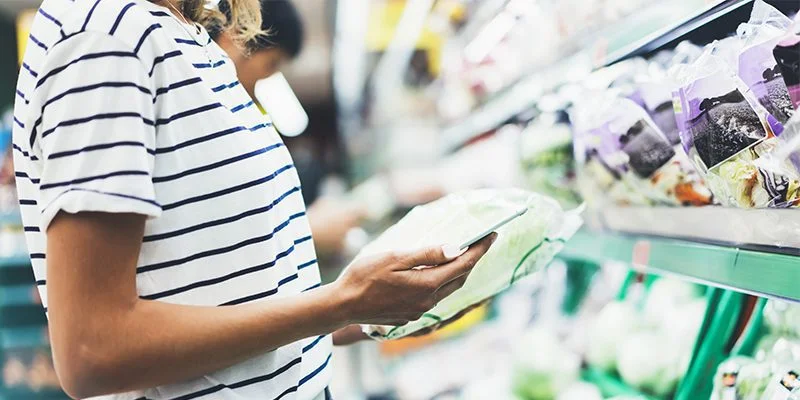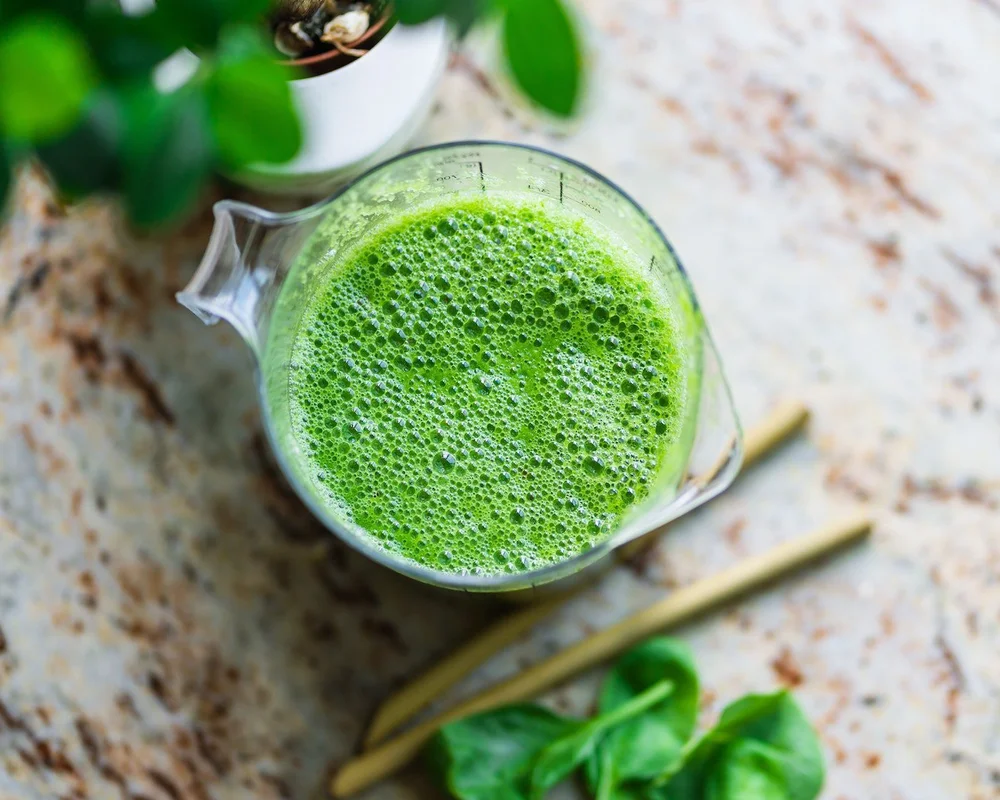4 “Healthy Foods” That are Actually Bad for You
How Food Industry Marketers Might Be Tricking You
Food marketers have discovered that when they use certain buzzwords on food packaging, the food acquires an often misleading “health halo” that can prompt consumers to eat twice as much–or more– than they would otherwise.
The most dangerous, but alluring buzzwords are “fat-free” and “sugar-free,” both of which signal foods that can make you fat and sick.
4 “Healthy Foods” That Are Actually Bad For You
1. Vitamin water
Most of these waters are just colored sugar (or worse- artificial sweetener) water that’s bad for both your teeth and your waistline. A much smarter choice would be drinking actual vegetables, in the form of green water, made by adding a scoop of green mix to 16 to 32 ounces of water. Green mixes are available at most health food stores and grocers. Be sure to check ingredients to avoid the addition of sugar.
2. Breakfast cereals
The boxes brag about fiber, antioxidants, and essential vitamins and minerals that sound like a healthy start to your day. In truth, nutrients in many processed breakfast cereals mainly come from synthetic vitamins that have been added to disguise the dearth of natural nutrients. Additionally, many brands are high in sugar. A tasty, gluten-free alternative for your morning meal is my Brainy Breakfast Burrito.
3. Vegetable chips
While these are marketed as a healthy snack option, the nutrition label reveals the ugly truth: They’re basically potato chips in disguise–high in salt, fat, and calories, with most of the nutrients processed out of them. Acrylamide, the byproduct of frying hydrogenated oil and starch, has been shown to cause cancer. Making wholesome sweet potato fries by baking them is a delicious alternative, or you can try chopped veggies with salsa and guacamole.
4. Store-bought smoothies
Commercial smoothies are typically loaded with sugar and calories. Visit the recipe section of my website to find out how to make my Brain-Smart Start Smoothie, which contains a delicious blend of fruit, vegetables, coconut water, and energy-enhancing protein powder, along with other wholesome ingredients.
Starting healthy eating habits and learning about nutrition can seem overwhelming at first, but the best way to live a brain-healthy life is to be informed. Make sure you read the labels at the grocery store and not just the front! The most important information is found on the side and back of the packaging. The Nutrition Facts and ingredient lists provide the most important information about foods. Don’t be fooled by the marketing: a green label doesn’t always mean that what’s inside is healthy or “clean.” Learn more about how to live a brain healthy life with all the amazing information on The Brain Warrior’s Way Podcast by Daniel and Tana Amen, as well as in their book The Brain Warrior’s Way book, their cookbook, and the online course!
- Are All Supplements Created Equal? Why BrainMD’s Quality Surpasses Drugstores - February 9, 2023
- The Food and Mood Connection: 7 Foods to Brighten Your Mood! - September 12, 2019
- Do You Really Need All 8 B Vitamins? - August 2, 2019




Thanks for re-enforcing some changes already made and providing some new ideas. I do wonder what you think of a gluten free muesli as an alternative to breakfast cereals or is it better to be grain free for breakfast?